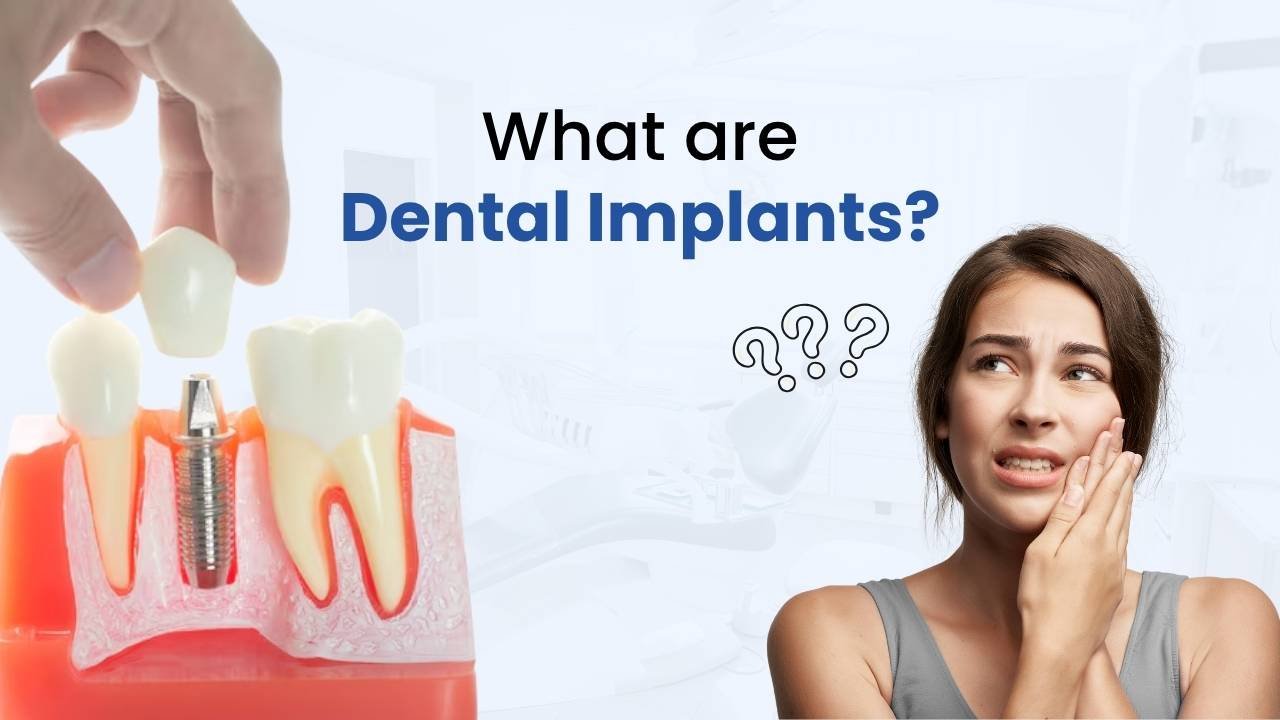
Is the fear of dental implant failure stopping you from getting your smile back or eating your favourite food?
Then keep up that smile because this detailed text will give you all the information you need.
Artificial intelligence and dental technology are combining as the globe embraces technology. The art of implant placement is something that dentists are working to improve. From a time of wishful thinking, implants for face and dental prosthesis recovery and retention have developed into one of the most rewarding experiences for patients and the medical community.
Both implants and the restorations they support have a good long-term survival rate.
Many doctors view complications and dental implant failure, which still occur, as major obstacles to implant treatment. Despite recent improvements, implant therapy still requires a healing phase. Problems like implant failure may result from these intricate biological processes, which may be caused by local or systemic causes.
Patients with certain risk factors must be treated by implant surgeons and dentists who are equipped to handle failure and consequences.

By replacing tooth roots with metal, screw-like posts, dental implant surgery can replace lost or damaged teeth with artificial ones that function and look a lot like the genuine thing. In situations where bridgework or dentures don't fit well, dental implant surgery may be a useful option.
When the natural tooth roots are insufficient to sustain dentures or bridgework, dental replacements, this procedure may also be a possibility.
Consider getting dental implants if you:
On average, dental implant failure rates fall between 2% and 5%. Failures can happen early (before placing the implant) or late (after placing the implant) , despite the high success rates of dental implants.

Causes of early Dental Implant failure
Causes of late Dental Implant failure
○ Patient-related factors
Implant failures are significantly influenced by several patient-related factors. The process of bone healing can be greatly impacted by systemic health diseases like diabetes, osteoporosis, and autoimmune illnesses.
Poorly managed diabetes, for instance, raises the chance of Dental implant failure because it impairs wound healing and lowers immune response. Likewise, osteoporosis may diminish main stability and require preoperative bone evaluations. Additionally, destroying the bone integration are several drugs, such as antipsychotics and corticosteroids.
○ Surgical and Prosthetic Factors
The design and system of the implant have a major impact on bone integration and long-term success.
Inadequate site preparation, excessive heat generation during drilling, and surgical trauma can all hinder bone healing and cause early Dental implant failure. It has been demonstrated that guided surgery, appropriate drilling techniques, and surgical planning can reduce trauma and increase placement accuracy to reduce these hazards. For long-term prosthetic effectiveness and to prevent mechanical issues, proper 3D implant placement is crucial.
The design of prosthetics also affects implant longevity. Implant micromovement may result from occlusal overload and poorly constructed prostheses, ultimately leading to bone loss and failure. Using appropriate placement strategies and keeping the occlusion balanced helps reduce implant mechanical stress.
○ Implant-Specific Factors
It has been discovered that, in comparison to smoother options, moderately rough implant surfaces enhance bone healing. Furthermore, enhancements around the implant soft tissue stability and decreased marginal bone loss have been linked to certain designs.
Studies show that, when appropriate surgical and prosthetic protocols are followed, there are no appreciable variations in survival between major implant systems, despite arguments about which implant brand is better. Clinicians should use caution when dealing with fake or subpar implants, though, as this could affect results.
With local anaesthesia, removing a faulty dental implant is easy. They will remove the implant and gently irrigate the region if it has to be replaced, and clean it properly. A bone graft won't be required if the bone surrounding the removed implant is still intact.
A bone graft may be used to improve the implant replacement site if there is bone loss. It may take several months for a bone graft to heal before a new implant can be inserted. Throughout the healing process, they will talk about strategies to lower the risk factors that led to the Dental implant's failure, like stopping smoking or waiting for a cancer treatment to be completed.
If the infection and bone loss are not treated, they may worsen to the point that the implant is unresponsive to therapy and may eventually be removed. If treatment is started early enough, it is possible to stop the disease's progression and try to fix the harm it has caused. Working closely with a physician who has experience treating this illness is crucial to identify the best solutions with the highest chance of success.
FAQs
Failure of dental implants does happen, however, it is not very frequent. 3.1% was the failure rate, according to a University of California, San Francisco research. According to other studies, the 10-year survival rate is almost 96.4%.
Yes, even though rare, Dental Implants can be rejected.
Dental implant costs in India range between 250-650 USD while.
Implants hurting after a long period is due to late failure. It may be due to peri-implantitis or excessive force on the implant.
The good news is that failing dental implants can frequently be saved if they are discovered early. Alternately, they can decide to place a new implant in the same place. Usually, there is an underlying problem when a dental implant fails. To solve the issue and allow your gums and bone to heal, they will remove the unsuccessful implant.
Throughout this phase, they will also go over ways to reduce the risk factors that caused implant failure, like stopping smoking or finishing any remaining radiation therapy. Then, they will look at ways to assist you in getting your smile back, such as obtaining a new implant or other choices like veneers, a bridge, or a partial denture.
A lifelong expectancy of dental implants is possible with regular dental examinations and proper oral hygiene. The crown or other repair placed over the implant, however, may need to be replaced after 15 to 20 years.

Written By
A hard working, patient centred, skillful and knowledgeable doctor who is always ready to learn.
From a very young age she aspired to be in the medical field, to help cure the ailing. She believes that relief on the patient's face, the smile of gratitude and the feeling of helping someone is all what matters.
SOURCE
HISTORY
At Mejocare, we prioritize accuracy and reliability. Our content is based on peer-reviewed studies, academic research, and medical associations. We avoid tertiary references. Learn more in our editorial policy. Trustworthy health information for you.
https://www.mayoclinic.org/tests-procedures/dental-implant-surgery/about/pac-20384622 https://www.smilesaversdentistry.com/what-are-the-signs-of-dental-implant-failure
CURRENT VERSION
Our care team can help you.
